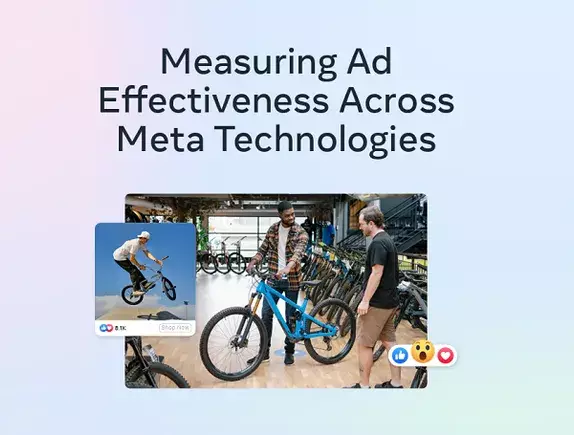In the rapidly evolving landscape of social media advertising, discerning what makes your campaigns successful can feel like navigating a maze. When you’re engaging users on platforms like Facebook and Instagram, one of the critical components to elevate your campaigns is robust measurement. Understanding what works and what doesn’t is akin to having a compass in the midst of chaotic surroundings, guiding you toward better performance and outcomes. As Meta (formerly Facebook) offers an extensive guide on measuring ad effectiveness, it is essential for marketers to dive deep into this resource rather than simply skimming its surface.
Identifying Key Success Metrics
At the heart of any marketing effort lies the core question: What does success look like for your business? Consequently, this leads to the next pivotal inquiry regarding how each campaign aligns with your overall objectives. Success is not a one-size-fits-all metric; it’s a multifaceted concept that incorporates specific goals, such as sales growth, brand awareness, or audience engagement. Meta’s guide encourages marketers to contemplate these questions earnestly. Such introspection lays the groundwork for determining a tailored measurement strategy that is perfectly aligned with unique campaign objectives.
Compounding this complexity is the notion that various measurement techniques carry differing degrees of challenge. Some strategies may demand advanced data analytics capabilities or a significant investment of time and resources. Meta emphasizes the importance of having a unified agreement on marketing objectives and key performance indicators (KPIs), which is best spearheaded by leaders within the organization. Without this consensus, tracking performance effectively may become an uphill battle.
A Hierarchical View of Measurement Solutions
To tackle the intricate world of ad performance analysis, Meta categorizes its measurement solutions into four main options: Attribution Solutions, Experiments, Modeling, and Custom Analytics. Each category serves a distinct role in providing insights, yet familiarity with these options is crucial.
1. Attribution Solutions help in understanding how various touchpoints lead potential customers to conversions. This form of measurement holds particular value in assessing the effectiveness of different advertisements and platforms.
2. Experiments allow marketers to conduct controlled tests aimed at measuring actionable changes. This approach is invaluable for validating hypotheses about campaign elements and achieving a fine-tuned output.
3. Modeling serves a more advanced purpose. By utilizing data science techniques, marketers can project potential results based on various scenarios. This allows businesses to anticipate future trends and make informed decisions.
4. Custom Analytics enable personalized tracking based on unique business needs. Such bespoke solutions afford flexibility and robustness in understanding specific metrics aligned with unique goals.
By examining these options, marketers can choose the right fit for their campaigns, enhancing their ability to gauge effectiveness accurately.
The Importance of Context in Ad Measurement
One significant takeaway from Meta’s guide is the recognition of how context affects measurement strategy. Advertising is not solely about sending messages into the digital void; it requires context to make sense of results. The level of complexity with each measurement option is partially dictated by the technical environment of each business and the labor resources available. For many small or medium-sized enterprises, simpler tools in the Attribution category may be most viable. In contrast, larger corporations might benefit from the nuanced insights produced through Experiments and Modeling.
As automated features become more prevalent within Meta’s ad systems, the imperative for clear and effective measurement cannot be overstated. Trusting Meta’s algorithms to enhance audience targeting must go hand in hand with an understanding of how these efforts are impacting financial health. Relying solely on automated systems without a robust measurement strategy could be detrimental, as it leads to blind spots that could hinder overall campaign success.
Going Beyond the Basics
Participating in 21st-century digital marketing requires a willingness to continually learn and adapt. Meta’s comprehensive guide is not just an instructional manual; it also offers invaluable insights that can spark ideas or strategies marketers may not have previously considered. Engaging with such resources is essential in this quest for optimization, as the realm of social media advertising continually shifts.
Understanding how to measure the effectiveness of Facebook and Instagram campaigns is not merely a supplementary necessity but rather central to achieving marketing success. By embracing the tools and strategies laid out by Meta, marketers gain access to invaluable insights that can paint a clearer picture of their campaigns, ensuring every advertising dollar is spent wisely and effectively.

